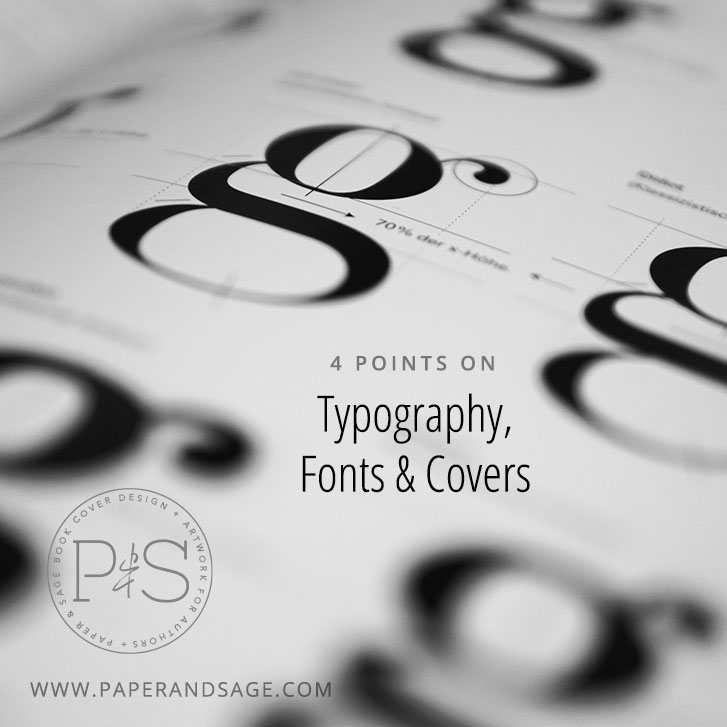
It’s easy to see that the fonts chosen for your cover can play a huge role in it’s effectiveness, and the over-all tone of the design.
The comparison covers below demonstrate this more effectively with a quick glance than a 1000 word article could. Each of the four conveys a slightly different story — and the only difference between them is the title font (and word alignment, but those changes were dictated by what looked best with each particular font).

So now for the top 4 most common font issues for book cover design…
- Legibility. First and foremost, the font choice should be legible. This one is pretty obvious upon consideration. We want the title to be legible the first time a potential reader looks at your cover. I’ve heard advice that the title should be legible even at the smallest thumbnail sizes — and it’s always a good idea to keep an eye on those smaller sizes — but on the other hand, the legibility of an itty-bitty thumbnail size isn’t the most important function of the title font. Still, we do want the title to be eye-catching and easy to read at larger thumbnail sizes (especially on the retailer’s product pages). Take another quick glance at the cover versions above — the title is easy to read quickly.
- Genre. The font choice will help communicate the genre of the book. Take another look at the four cover versions above… you’d expect a slightly (or completely!) different story from each, right? Of course, the font alone won’t communicate the genre, but it should work with the other details of the design to let your reader know if this is a story they’d like.
- Overdone. There are two ways a font can be ‘overdone’: it’s over-used or overly-dramatic (and some fonts are both). Exercise caution with any font that’s overtly thematic — dripping blood, on fire, holiday-themed, etc. Is it distracting from the cover? Similarly, approach any font that came with your OS and isn’t serif (like Times New Roman) or san-serif (like Verdana) with extreme caution. Here’s an abbreviated list of fonts that are overdone and should be avoided: Comic Sans, Papyrus, Chiller, Stencil, Rage Italic, Curly/Curlz MT, Bleeding Cowboys, Hobo Std.
- Licensing. If you’ve chosen a specific font (and it’s not already featured on the P&S website), then we’ll need to discuss licensing. A wide range of fonts that can be downloaded for free (or are available on sites like Canva, PicMonkey, etc.) are for personal-use only. That means if you want to feature that particular font on your cover, P&S will need a commercial-use license, which involves additional cost. That said, there are some sites that collect free fonts for commercial-use, and are good references. These include fontsquirrel.com and fonts.google.com.



































































































